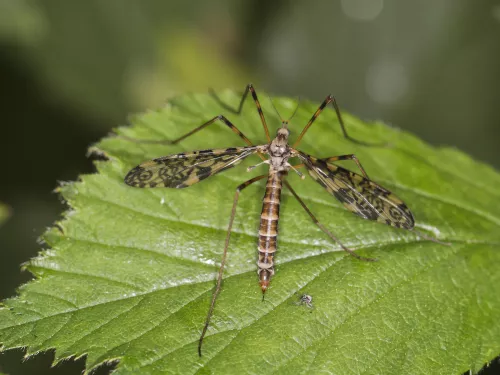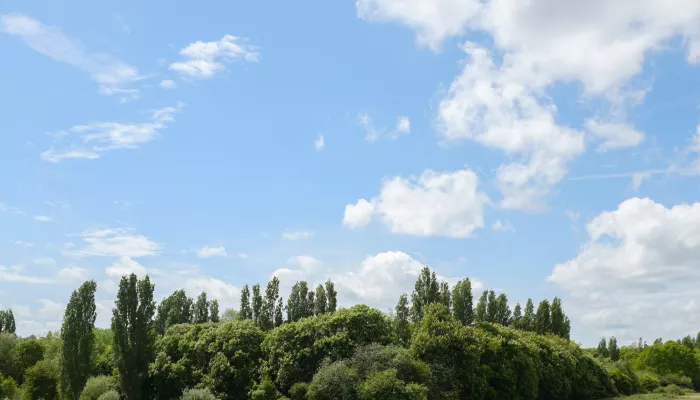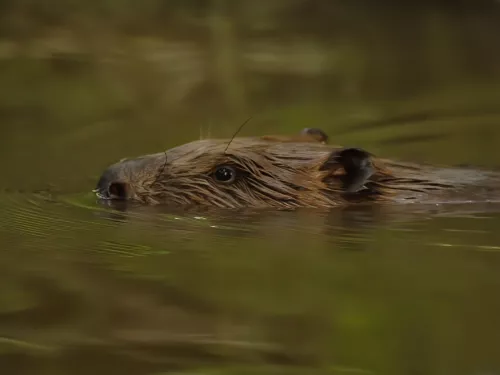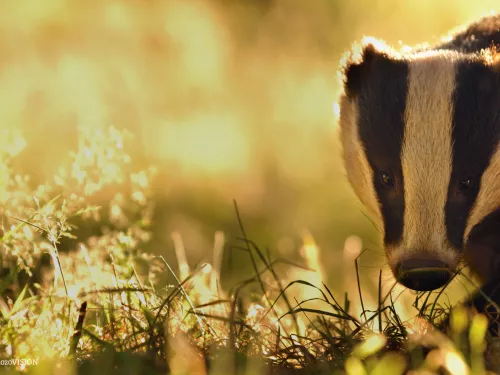
Where have all the insects gone? Conservationists’ call to show that Bugs Matter
As the summer holidays begin, the Bugs Matter 2024 survey, led by Buglife and Kent Wildlife Trust, is calling on citizen scientists across the UK to participate in this crucial insect population study.



